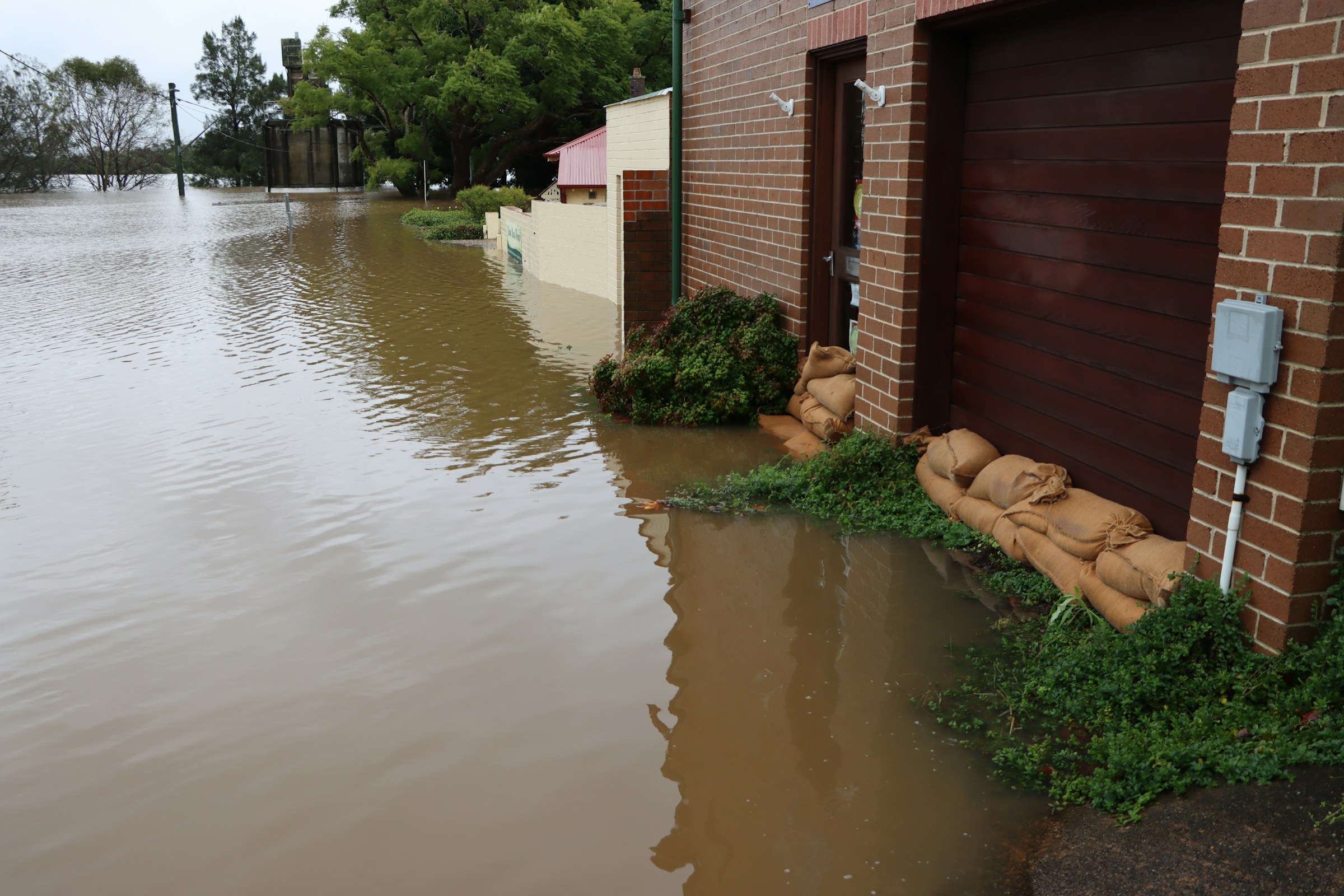Complete Guide to Roof Replacement and Leak Prevention
A damaged roof can quickly turn from a minor inconvenience into a major financial burden if not addressed properly. Understanding how to identify roof problems early, handle emergency situations, and work with professionals can save homeowners thousands of dollars in water damage repairs. This comprehensive guide covers everything from immediate leak response to long-term roof replacement considerations, helping you protect your home's structural integrity and maintain its value.

How to Handle a Roof Leak Before It Causes Damage
When you discover a roof leak, immediate action is crucial to prevent extensive water damage to your home’s interior. Start by locating the source of the leak from inside your home, then place buckets or containers to catch dripping water. Move furniture and valuables away from the affected area, and use tarps or plastic sheeting to protect items that cannot be moved.
For temporary exterior repairs, safely access your roof only in dry conditions and apply roofing cement or a patch kit to small holes or cracks. However, avoid climbing on wet or steep roofs, as this poses serious safety risks. If the leak is severe or weather conditions are poor, focus on interior damage control until professional help arrives.
What to Know Before Calling a Roof Professional
Before contacting a roofing contractor, gather important information that will help them assess your situation accurately. Document the leak’s location, take photos of visible damage both inside and outside your home, and note when the leak first appeared. Check your homeowner’s insurance policy to understand what roof damage may be covered.
Research local roofing contractors by verifying their licenses, insurance coverage, and Better Business Bureau ratings. Request multiple quotes to compare pricing and services, but be wary of door-to-door solicitors or contractors demanding full payment upfront. Legitimate professionals will provide written estimates and allow time for decision-making.
A Simple Homeowner’s Guide to Roof Leak Repair
Small roof repairs can sometimes be handled by experienced DIY homeowners, but knowing your limitations is essential. Minor repairs include replacing damaged shingles, sealing small cracks with roofing cement, or clearing debris from gutters and downspouts. Always prioritize safety by using proper ladder techniques, wearing non-slip shoes, and working only in good weather conditions.
For repairs involving flashing around chimneys or vents, structural damage, or leaks affecting multiple areas, professional intervention is necessary. These complex issues require specialized tools, materials, and expertise that most homeowners don’t possess. Attempting major repairs without proper knowledge can worsen damage and void insurance coverage.
Steps to Protect Your Home from Roof Leaks
Preventing roof leaks requires regular maintenance and proactive monitoring of your roof’s condition. Inspect your roof twice yearly, ideally in spring and fall, looking for missing or damaged shingles, cracked flashing, and clogged gutters. Trim overhanging tree branches that could damage your roof during storms, and ensure proper attic ventilation to prevent ice dam formation.
Maintain your gutters by cleaning them regularly and ensuring proper drainage away from your foundation. Address minor issues promptly before they escalate into major problems. Consider installing gutter guards to reduce debris accumulation and scheduling professional inspections every few years, especially after severe weather events.
How Experts Fix Roof Leaks and Prevent Future Damage
Professional roofers follow systematic approaches to diagnose and repair roof problems effectively. They begin with thorough inspections using specialized tools to identify all damage, not just obvious leaks. Experts understand how water travels through roofing systems and can locate the actual source of leaks, which may be far from where water appears inside your home.
| Service Type | Provider | Cost Estimation |
|---|---|---|
| Emergency Leak Repair | Local Contractors | $200 - $500 |
| Partial Roof Replacement | Regional Companies | $5,000 - $15,000 |
| Complete Roof Replacement | Certified Roofers | $15,000 - $30,000 |
| Preventive Maintenance | Roofing Services | $300 - $800 annually |
Prices, rates, or cost estimates mentioned in this article are based on the latest available information but may change over time. Independent research is advised before making financial decisions.
Professional repairs typically involve replacing damaged materials with high-quality alternatives, improving ventilation systems, and upgrading flashing around vulnerable areas. Experts also provide warranties on their work and can recommend preventive measures to extend your roof’s lifespan. They understand local building codes and weather patterns, ensuring repairs meet regional requirements and withstand local climate conditions.
When roof damage is extensive or your roof is approaching the end of its useful life, professionals may recommend complete replacement rather than continued repairs. Modern roofing materials offer improved durability, energy efficiency, and weather resistance compared to older systems. Professional installation ensures proper techniques and materials are used, maximizing your investment’s longevity and performance.
Understanding these aspects of roof maintenance and repair helps homeowners make informed decisions about protecting their most significant investment. Whether addressing immediate leak concerns or planning for long-term roof replacement, working with qualified professionals and maintaining proactive care ensures your home remains safe, dry, and valuable for years to come.




